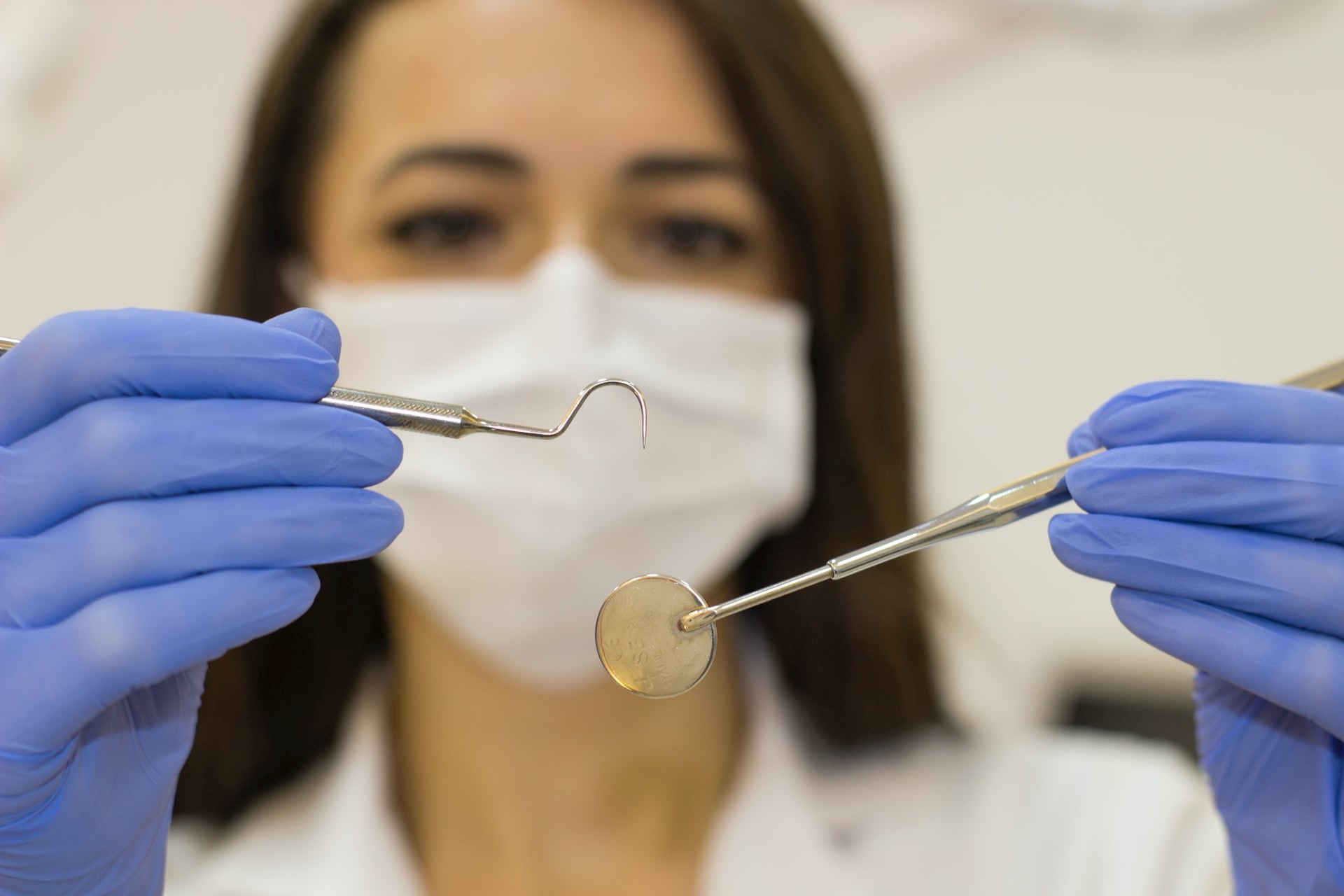When it comes to removing extrinsic stains, dental hygienists have a variety of products to select from. When choosing the right polishing and/or cleaning chemical for each patient, there are several aspects to consider. It’s crucial to figure out what kind of stain you have and which tooth structures are damaged. Due to clinician preference or expense, dental practices may only provide a limited selection of polishing pastes.
Despite this constraint, selecting the right polishing material for the job must be done on a case-by-case basis. Prophylaxis pastes contain abrasive chemicals that can remove healthy tooth structures. As a result, the abrasiveness of the polishing paste chosen must be carefully assessed to ensure that it successfully eliminates discoloration while causing no damage to the tooth structure. There are several polishing tools available such as ceramic dental polishers etc. and in this article, we will discuss them in detail.
POLISHING RESTORATIONS

Dental hygienists must evaluate the tooth structure and restorative materials that may be impacted while choosing a polishing agent. To maintain the integrity of aesthetic restorations, clinicians should use polishing agents specifically designed for them or mild, nonabrasive toothpaste. Product specifications should be examined to verify the polishing agent’s indications and compatibility with various dental materials.
Microfilled and nanocomposites, which are categorized based on the size and shape of the filler particles, provide outstanding aesthetic qualities. Because of their high polishability and shiny appearance, these biomaterials are frequently employed in the anterior parts of the mouth. Maintaining this quality is critical for preventing bacterial and stain adhesion to surfaces that have been roughened by overly abrasive polishing chemicals.
The glazing portion of the production process gives zirconia and porcelain materials used for crowns and veneers a shiny look. Such restorations necessitate the use of polishing agents that are specifically formulated for the task. In-office methods for amalgam, permanent metal alloy, or gold restorations should ideally include the application of a thin tin oxide slurry to prevent bacterial adhesion to the restoration’s surface and minimize tarnish. These extra procedures result in a high-quality finish that extends the life of restoration and promotes oral health.
CHOOSING A PROPHYLAXIS PASTE
Because prophylaxis pastes can cause damage while eliminating tooth stains, they should be used with caution. Larger particle sizes, such as coarse or medium, are more successful at removing extrinsic stains, but they can also cause more abrasion and damage to the tooth surface. Excessive abrasion, on the other hand, scrapes the enamel, resulting in a less polished look and, as a result, a higher rate of foreign stain reformation and bacterial plaque retention.
Prophylaxis pastes with smaller particle size, such as fine paste, will improve the hygiene, luster, and smoothness of the tooth surface, making it more resistant to stain, plaque, and calculus development. Some professionals believe that polishing with fine prophylaxis paste is less successful than polishing with coarse prophylaxis paste because they must use more pressure and spend more time to remove the same stains.
